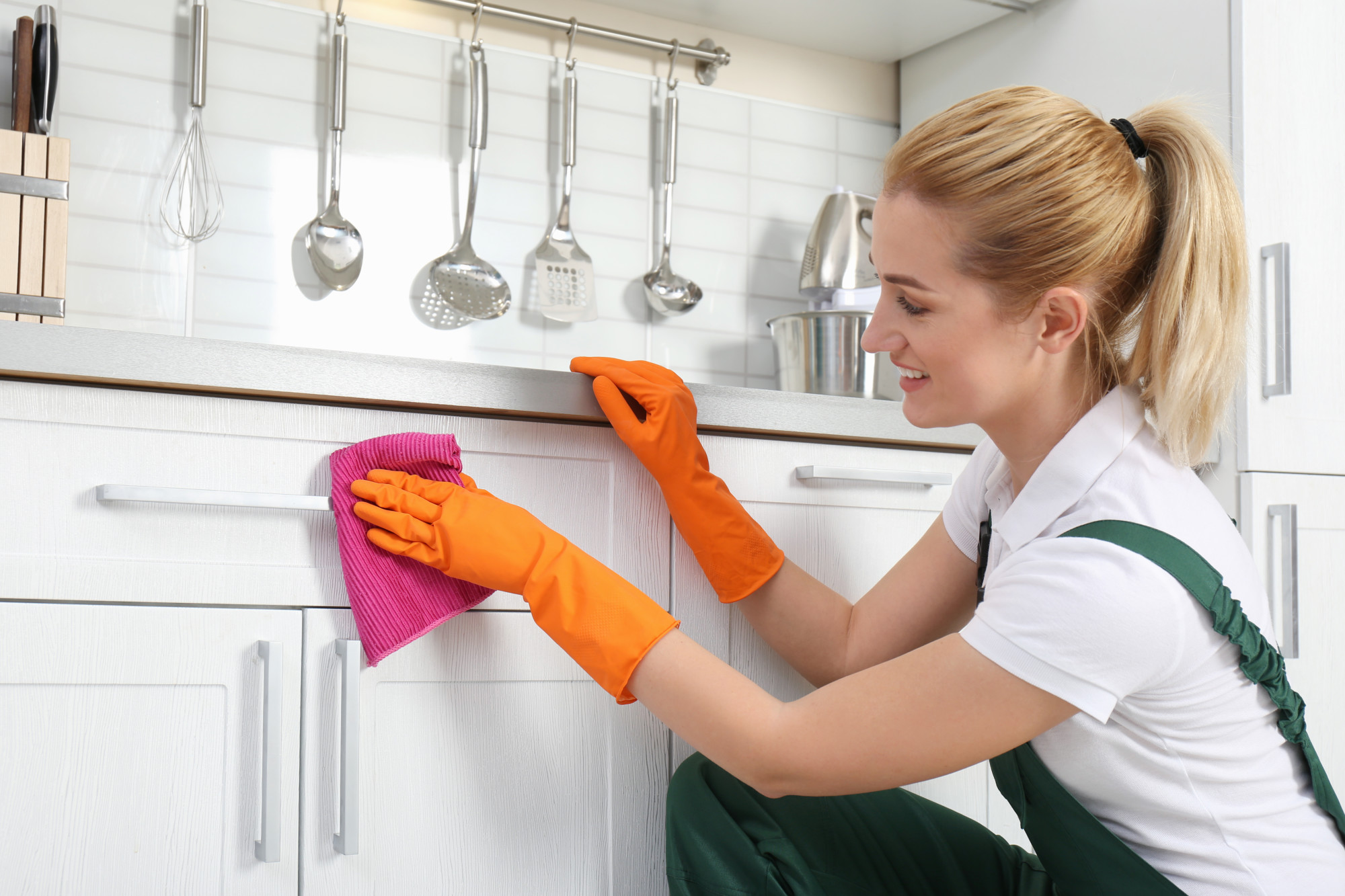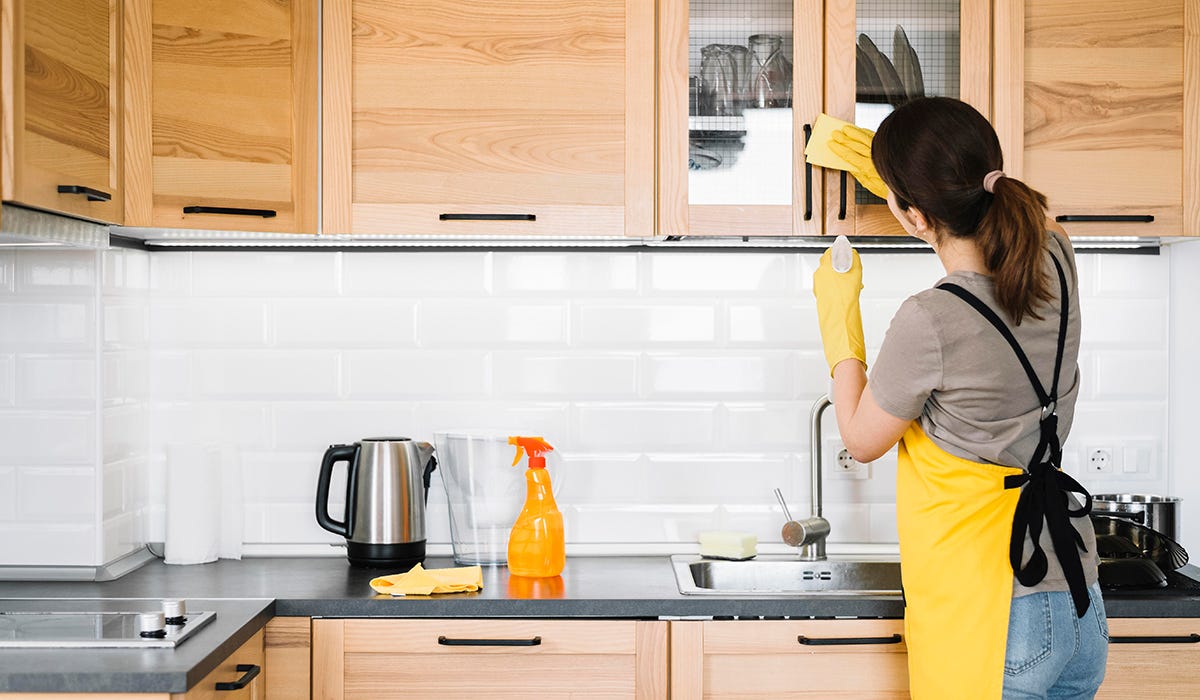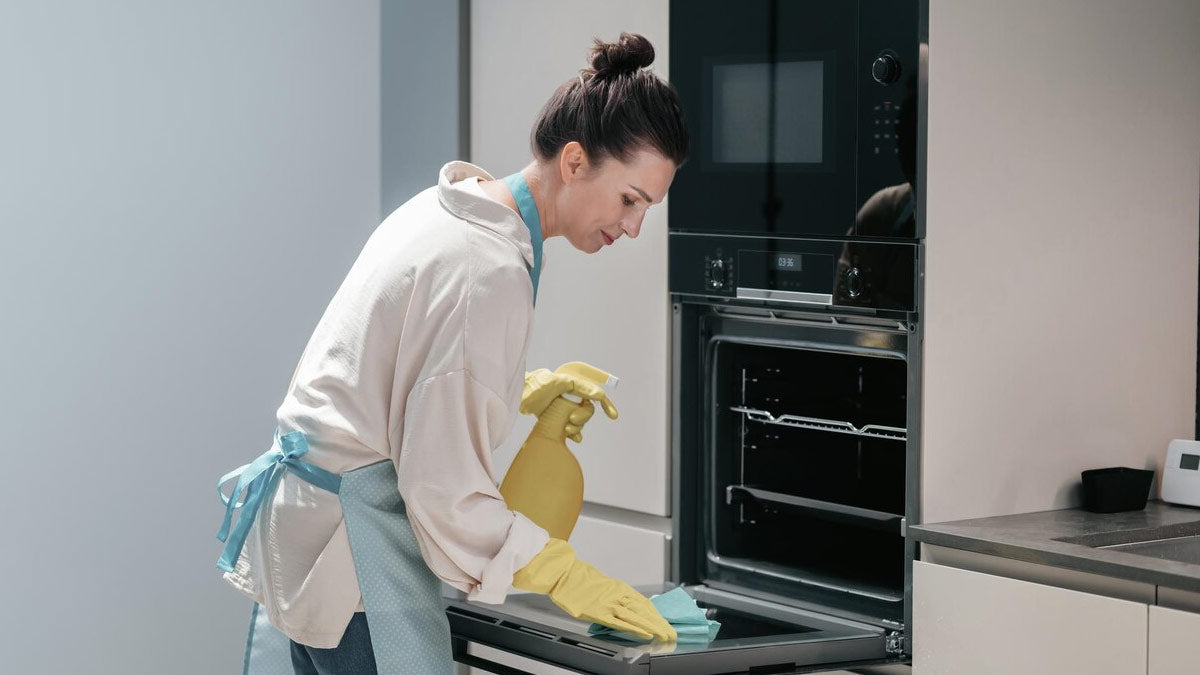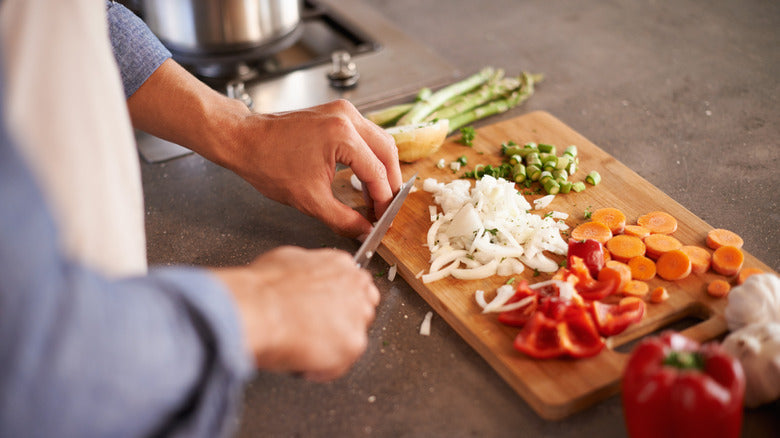Mastering the art of cooking with cast iron can elevate your culinary skills remarkably. However, one of the key questions for kitchen professionals remains: how to know when cast iron is hot enough to produce that perfect sear or achieve the ideal cooking temperature? Understanding cast iron's heating process is essential for preparing delightful recipes and preventing any unwanted culinary disasters.
Using cast iron requires an intimate knowledge of its properties. This article will explore various indicators to determine when your cast iron pan is ready for use, ensuring you always achieve the best results.

Understanding Cast Iron Heating Basics
Before diving into the signs that indicate your cast iron is sufficiently hot, it is crucial to understand how this cookware conducts heat. Cast iron heats evenly and retains heat longer than many other materials, making it popular among cooking professionals.
One significant factor in understanding cast iron heating is the difference between various heating methods whether on a gas burner, an electric stove, or in the oven.
1. The Initial Heating Phase
When you first place your cast iron on the heat source, it begins to absorb energy and heat up. This phase can vary in duration depending on your burner settings and the thickness of the cast iron. Professional chefs typically recommend starting with a medium heat setting and adjusting as necessary.
2. Signs Your Cast Iron Is Ready
There are several reliable indicators to signal that your cast iron is hot enough for cooking:
- Smoke Point: When oil placed in the pan reaches its smoke point, this is a sign that your cast iron is hot. Most oils start smoking between 350F to 450F.
- Water Test: A classic test involves sprinkling a few drops of water onto the pan. If the droplets dance and sizzle rapidly before evaporating, your cast iron is ready.
- Color Change: Darkened and almost glowing appearance indicates a significant heat level. You want a nice dark hue without any excessive burn marks.
3. Importance of Preheating
Preheating your cast iron is a practice every professional chef swears by. Proper preheating allows the iron to distribute heat evenly, preventing hot spots that can lead to food being cooked unevenly. For best results, give your cast iron a few minutes to heat up before adding your cooking fats or food.
Maintenance and Care for Perfect Heat Distribution
Maintaining your cast iron is essential not only for its longevity but also for ensuring optimal heat retention. Always make sure it is seasoned correctly, preventing food from sticking and ensuring even heat distribution. Cleaning cast iron properly ensures it remains a useful tool in your kitchen arsenal.
4. Advanced Techniques: Utilizing Temperature Tools
For those who prefer precision, using a thermometer can be a game-changer. A simple infrared thermometer can measure the surface temperature of your cast iron accurately, giving professional chefs an edge when caramelizing or searing meats.
5. Experience Counts
Lastly, gaining experience will be a vital part of learning when your cast iron is hot enough. Over time, youll develop an instinctive sense for the right temperature based on visual and audible cues.
Common Mistakes to Avoid
Here are a few common pitfalls to steer clear of when cooking with cast iron:
- Using Cold Oil: Adding cold oil to a cold pan can cause food to stick. Always let the oil warm up in the pan before adding ingredients.
- Skipping Preheating: Jumping right into cooking without preheating can result in poorly cooked dishes. Always allow the pan to heat adequately.
- Incorrect Cleaning: Neglecting proper cleaning and seasoning can ruin your cast iron over time. Refer to this guide on cast iron cleaning for best practices.
Conclusion
Knowing how to know when cast iron is hot enough is a crucial skill for kitchen professionals. Whether you employ the smoke point test, water test, or monitor the color, mastery of your cast iron will undoubtedly enhance your cooking experience. Employing the above techniques and keeping up with maintenance ensures that your cast iron becomes a reliable partner in your kitchen endeavors.

FAQs:
1. What is the best oil to use in cast iron?
The best oils for cast iron are those with high smoke points, such as vegetable oil, canola oil, or grapeseed oil.
2. Can I use soap on my cast iron?
It is generally advisable to avoid soap; however, a small amount of mild soap can be used if necessary, but remember to re-season afterward.
3. How often should I season my cast iron?
Seasoning frequency depends on usage, but re-seasoning every few months or as needed after heavy use is recommended.
This article contains affiliate links. We may earn a commission at no extra cost to you.






Leave a comment
This site is protected by hCaptcha and the hCaptcha Privacy Policy and Terms of Service apply.